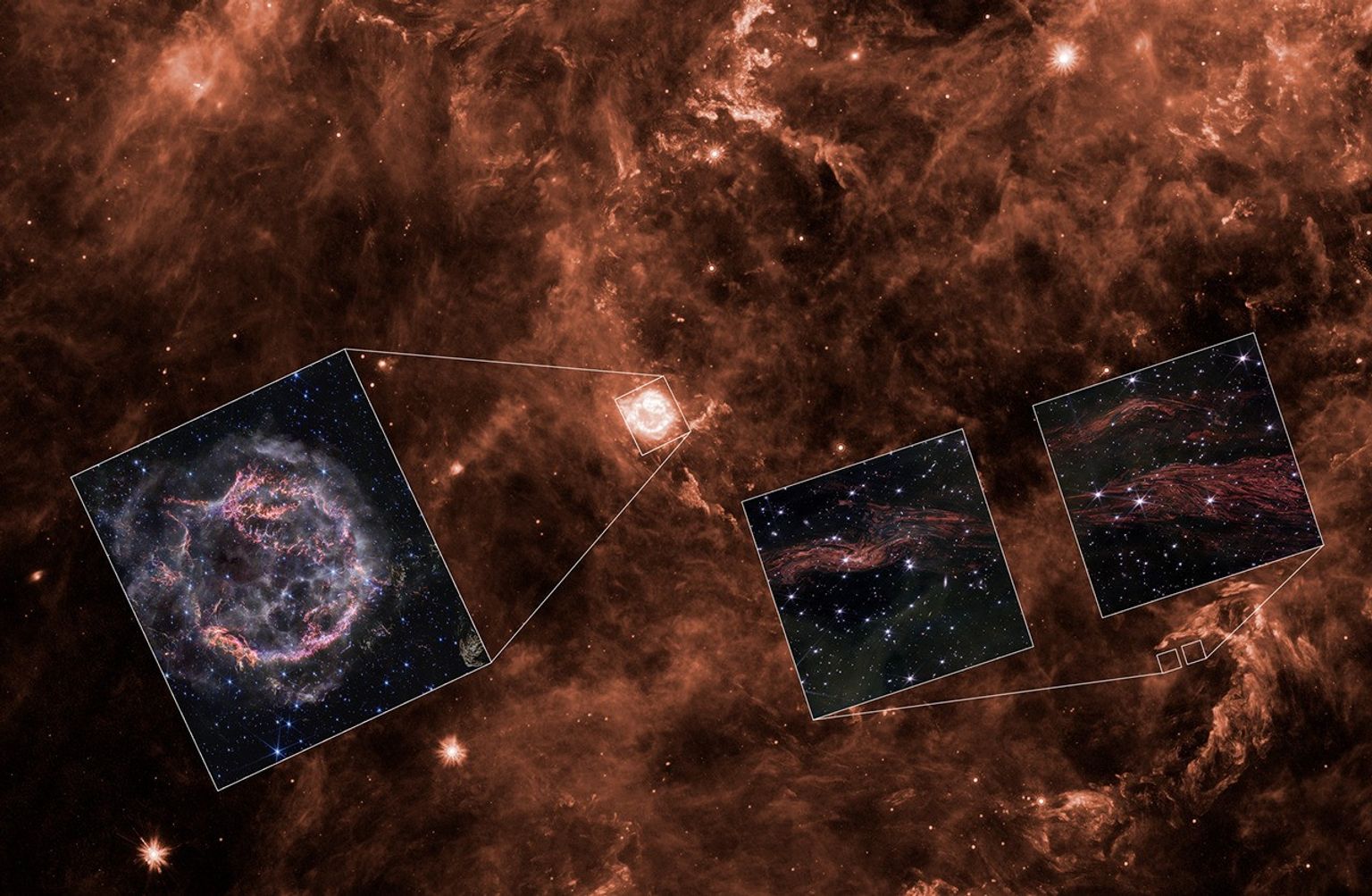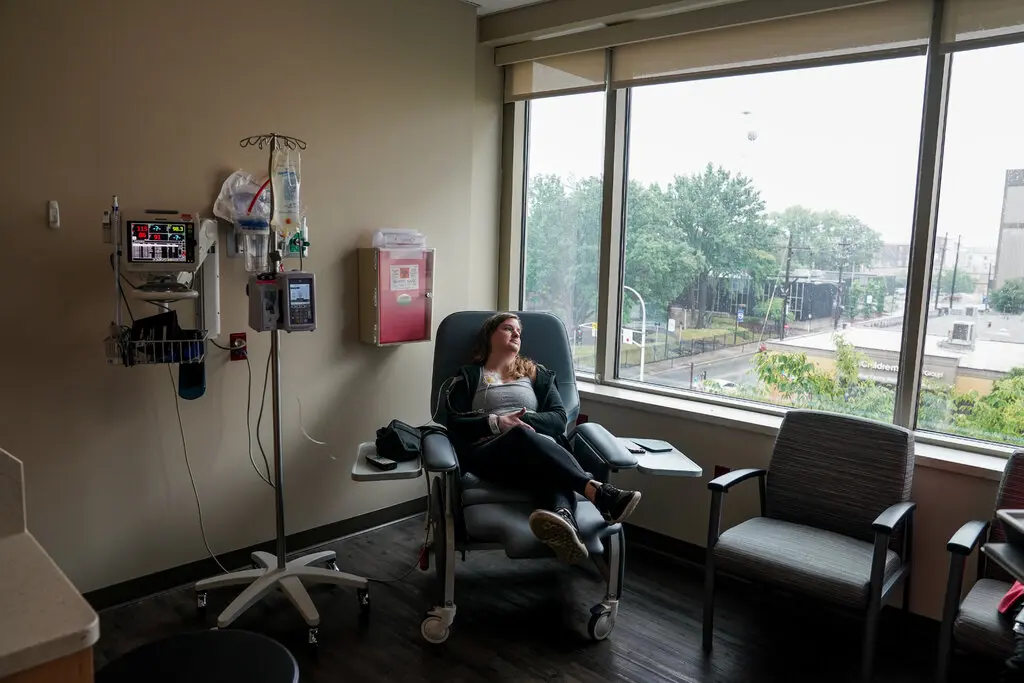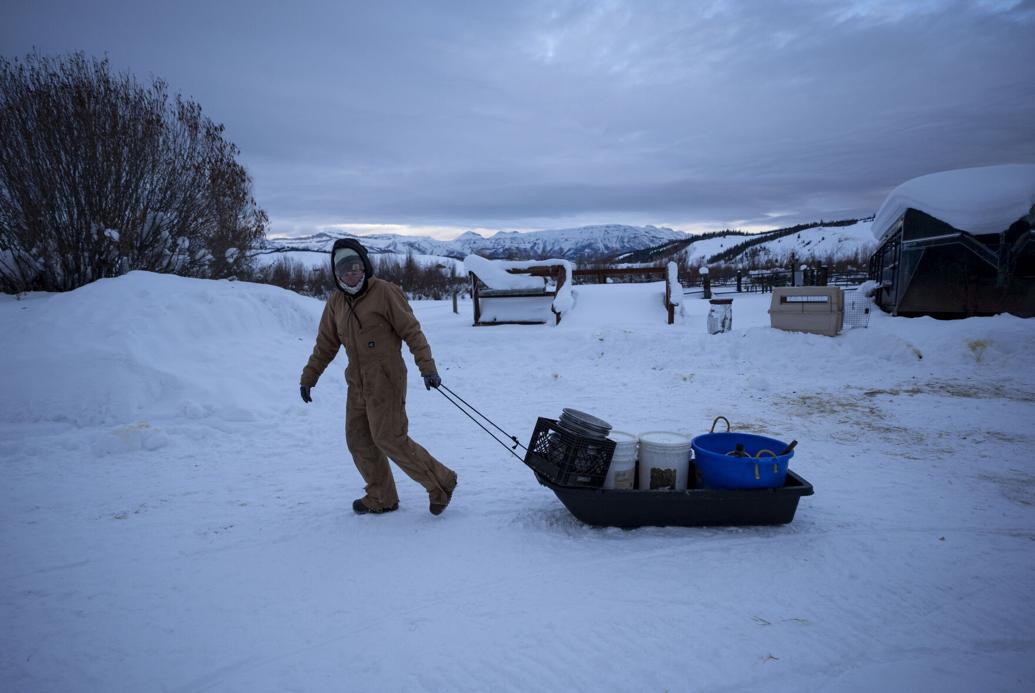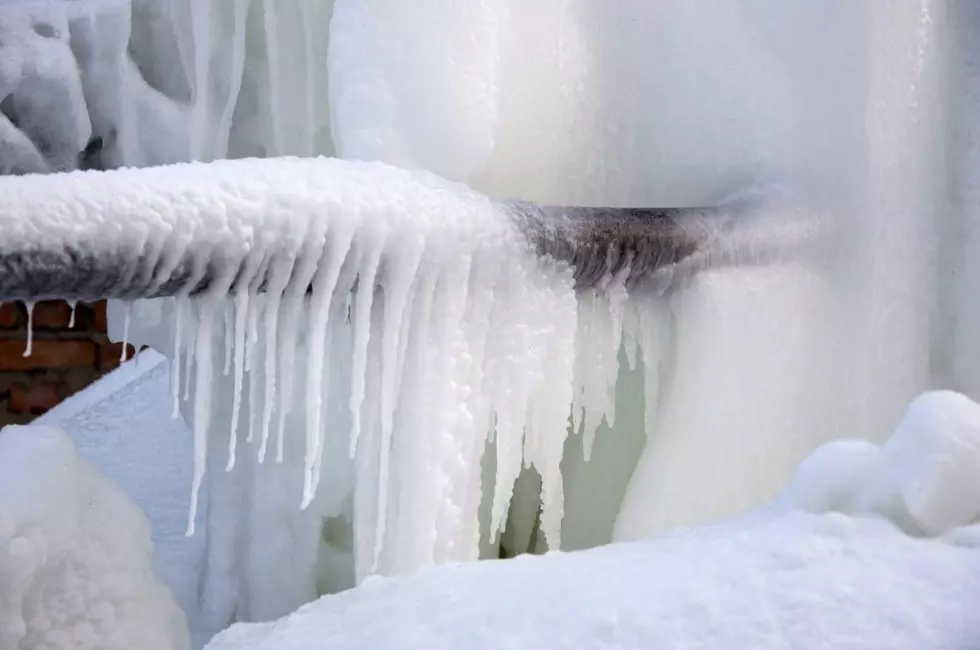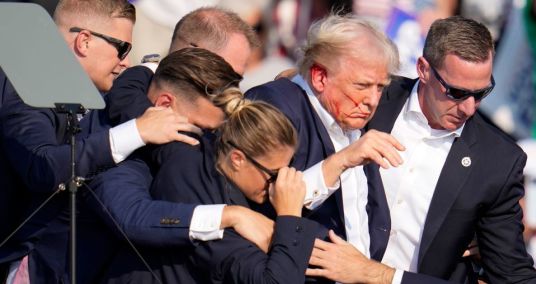A new report released by a bipartisan Senate committee has revealed significant security failures by the Secret Service leading up to the attempted assassination of former President Donald Trump at a rally in Butler, Pennsylvania, in July, CNN reports.
The report, based on interviews with Secret Service officials and local law enforcement, details a series of “foreseeable, preventable” lapses in preparation, communication, and decision-making.
The committee found that the Secret Service failed to establish visual barriers around the rally, potentially allowing shooter Thomas Matthew Crooks a clear line of sight to Trump. The report also decries the lack of a plan to secure the building Crooks used to take aim from, and the general disarray surrounding communication regarding his movements before the attack.
Key resource requests were either denied or not even made, the report states. Advance agents did not request a surveillance team for the rally, which attracted roughly 15,000 attendees, despite the fact that First Lady Jill Biden was assigned a team for her event with approximately 410 people just an hour away.
The report outlines a severe lack of clarity within the Secret Service regarding who was responsible for security decisions at the event. Interviews revealed confusion over the delineation of responsibilities between the Pittsburgh field office, the office of protective operations, and Trump’s personal Secret Service detail, leading to a breakdown in decision-making and communication.
Further complicating matters, only two formal meetings were held between the Secret Service, federal, state, and local law enforcement in the lead-up to the July 13 rally, with much of the communication described as “informal.” This lack of coordination contributed to critical decisions falling through the cracks, such as the placement of rental trucks to block potential sightlines to Trump.
The report also points to a lack of clarity surrounding responsibilities and communication protocols between local law enforcement and the Secret Service, as well as within the agency itself. Agents interviewed for the report disagreed on who was responsible for ensuring the agency’s communication center was functioning properly, further highlighting the breakdown in coordination.
Despite the FBI’s assertion that there is no evidence linking Iran to the shooter, current and former Secret Service officials have told the broadcaster that the existence of a credible threat prior to the assassination attempt should have automatically triggered increased security around the former president, especially at large outdoor events. The report reveals that while some agents, including members of Trump’s protective detail, were aware of the threat, the apparent breakdown in intelligence sharing raises questions about why certain security assets were not deployed.

